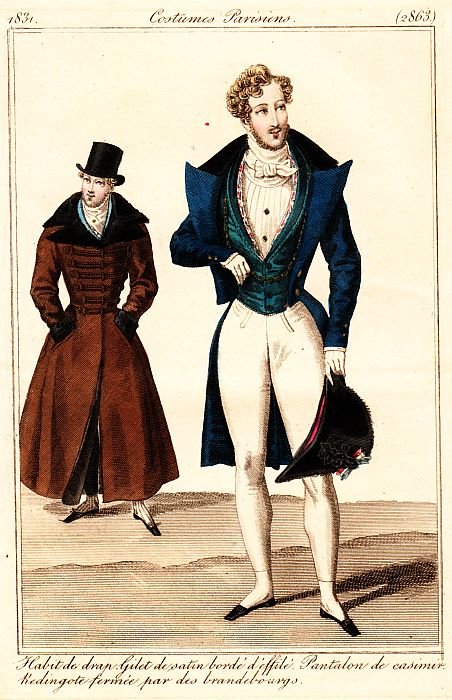
What Is Cross-Dressing?
Cross-dressing refers to the act of wearing clothing traditionally associated with the opposite gender. While often linked to male individuals dressing in traditionally feminine garments, the term applies broadly across genders and identities. Cross-dressing is not inherently connected to one’s gender identity or sexual orientation—it may serve aesthetic, personal, cultural, psychological, or erotic purposes.
Historical Origins
Cross-dressing has a deep-rooted presence in human history, appearing in various forms across cultures and epochs:
1. Ancient Civilizations

- In Ancient Greece and Rome, men often portrayed women on stage, as women were not allowed to act.
- Egyptian mythology contains tales of gods transforming into or disguising themselves as the opposite sex.
2. Asia

- In Japan, the traditional Kabuki theater featured onnagata—male actors who specialized in female roles.
- In China, similar traditions existed in Peking opera, where men played female characters with high status and grace.
3. Europe
- During the Elizabethan era, all stage roles were performed by men, leading to widespread cross-dressing in theater.
- In wartime, women sometimes dressed as men to enlist and fight, notably during the American Civil War and Napoleonic wars.
- In fashion history, cross-dressing blurred gender lines, such as in 19th-century dandy culture or the 1920s garçonne look adopted by women.

Terminology and Related Concepts
Cross-Dressing
- A general term for wearing clothes traditionally associated with the opposite sex.
- Often neutral and non-sexual in connotation.
Transvestism
- An older term that overlaps with cross-dressing, but it has fallen out of favor due to pathologizing associations. It was historically used in psychiatric diagnoses.
Drag
- A performance-based form of cross-dressing, often theatrical and exaggerated.
- Includes drag queens (male-to-female) and drag kings (female-to-male) performers.
- Not necessarily linked to gender identity.
Gender Nonconformity
- Broader than cross-dressing; refers to behaviors and appearances that defy traditional gender expectations.
Psychology of Cross-Dressing
The psychological motivations behind cross-dressing vary widely:
1. Gender Expression
- For some, cross-dressing is a way to explore or affirm a non-binary or fluid gender identity.
- Others may cross-dress for comfort, aesthetic preference, or emotional connection to a different gender role.
2. Erotic or Fetishistic Motivation
- In some cases, cross-dressing is sexually arousing and may be classified under fetishistic transvestism, a term formerly used in clinical contexts (DSM-IV) but now largely outdated.
- Common among cisgender heterosexual males, particularly in private settings.
3. Stress Relief and Escapism
- Cross-dressing can offer a psychological release from rigid gender expectations, especially in high-stress or repressive environments.
Cross-Dressing and Fetishes: Points of Overlap
There can be overlap between cross-dressing and certain fetishes, but they are not synonymous:
Sissification vs. Cross-Dressing
- Cross-dressing is a broader term and may be non-sexual or purely personal.
- Sissification, on the other hand, is a specific fetish often found within BDSM dynamics. It typically involves:
- A submissive male being “forced” (consensually, in a roleplay sense) to dress and behave in a feminized or hyper-feminine way.
- Elements of humiliation, degradation, or power exchange.
- Often accompanied by other fetishes (e.g., chastity, domination, cuckolding).
- While both involve cross-gender presentation, sissification is not the same as cross-dressing; it is a subset of erotic cross-dressing with a distinct psychological and sexual framework.
Cross-Dressing in Modern Times
Cultural Acceptance and Media Representation

- Increased visibility of cross-dressing has emerged through media, from films (e.g., Tootsie, Mrs. Doubtfire, The Danish Girl) to television (RuPaul’s Drag Race, Pose).
- Fashion has increasingly embraced androgyny, with brands like Gucci and designers like Jean Paul Gaultier challenging traditional gender norms.
Gender Politics and Identity
- Cross-dressing intersects with the broader LGBTQ+ rights movement but is distinct from transgender identities.
- A cisgender man may cross-dress without identifying as trans or genderqueer.
- Some people explore their gender identity through cross-dressing, but not all do.
Legal and Social Evolution
- Historically, anti-cross-dressing laws existed in many Western nations until the late 20th century.
- Today, legal protections for gender expression are expanding in some regions but remain limited or even criminalized in others.
Noteworthy Individuals and Case Studies
- Billy Tipton, a jazz musician who lived as a man but was assigned female at birth, raising questions about gender and societal roles.
- Marsha P. Johnson, though primarily remembered as a trans activist, was also part of a drag and gender-nonconforming community.
- Grayson Perry, a contemporary artist who explores femininity and masculinity through cross-dressing in daily life.
Final Thoughts
Cross-dressing is a multifaceted practice that resists simple categorization. It can be:
- A form of self-expression,
- A tool for performance,
- A method of gender exploration,
- Or part of a fetishistic or sexual practice.
Its rich history and ongoing presence in society reflect deeper questions about identity, conformity, and freedom. Importantly, cross-dressing itself does not indicate anything definitive about a person’s sexual orientation or gender identity. The motivations behind it are as diverse as the individuals who engage in it.
Understanding cross-dressing with nuance helps to challenge stigma, promote acceptance, and appreciate the complex ways humans relate to gender and self-presentation.
Do you want to explore this topic in a private virtual session? Contact me or fill out the Slave Application.
Did you enjoy this article? Donate to the cause via Tribute (Send Money).
Feel free to leave your thoughts in the comment section of this post.
Subscribe to My Newsletter!
Get new content updates every week...or when I feel like sending one!




















